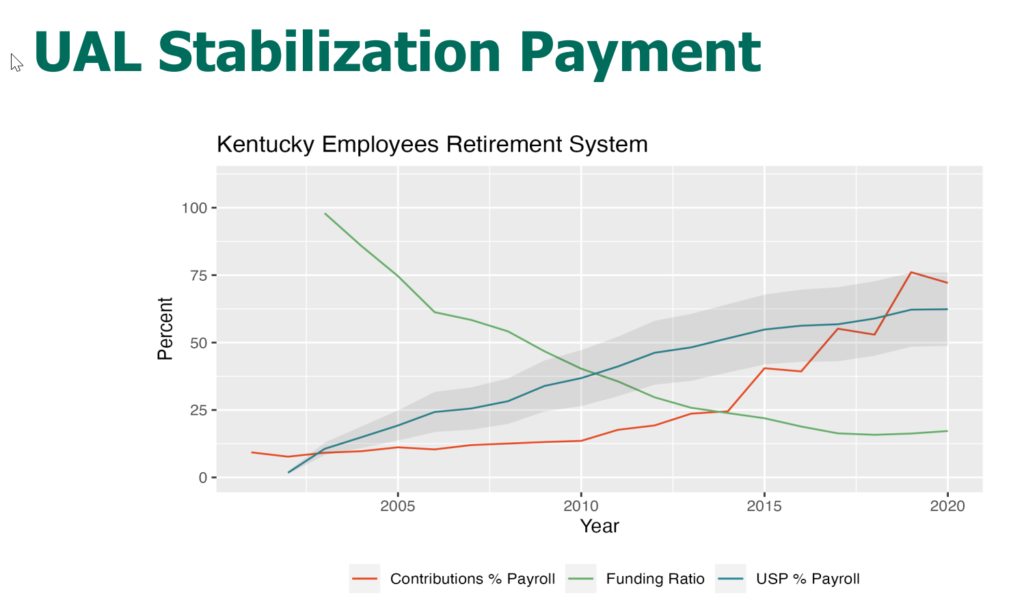Link: https://www.ai-cio.com/news/public-pension-funding-status-rose-in-2022-ncpers-says/
Graphic:
Excerpt:
Capital markets had a tough time in 2022, but public pension funds managed to increase their funded status, according to a report from the National Conference on Public Employee Retirement Systems
The funded ratio at public pension funds increased to 77.8% last year, compared with 74.7% in 2021, per a survey of almost 200 funds conducted by NCPERS, the largest trade association for public funds in the U.S. and Canada, in partnership with Cobalt Community Research.
The vast majority of survey respondents, 92%, represent defined benefit plans, 8% defined contribution plans, 10% combination plans and 5% cash balance plans. The total exceeds 100% because of multiple responses, according to NCPERS.Public pension programs scored an average one-year return of around 11.4%. By contrast, the S&P 500 was down around 19% and the Bloomberg US Agg, which tracks bonds, was off 13% in 2022. Heavy concentration in real estate and private equity were the key to the funds’ outperformance, the report says.
The study’s findings highlight public pensions’ “resiliency in the face of volatile markets, rising interest rates, and disruption in the workforce during the COVID-19 pandemic,” said Hank Kim, NCPERS executive director and general counsel, in a statement. “It’s clear that public pensions remain dedicated to maximizing returns while managing risks in order to efficiently deliver retirement benefits to public servants all over the country.”
Higher contribution income helped. Investment returns were the largest component of the gains, accounting for slightly more than two-thirds of them, but the stronger average member and employer contributions also played a role. Each rose by one percentage point, to 9% and 24%, respectively.
Author(s): Larry Light
Publication Date: 6 Feb 2023
Publication Site: ai-CIO
